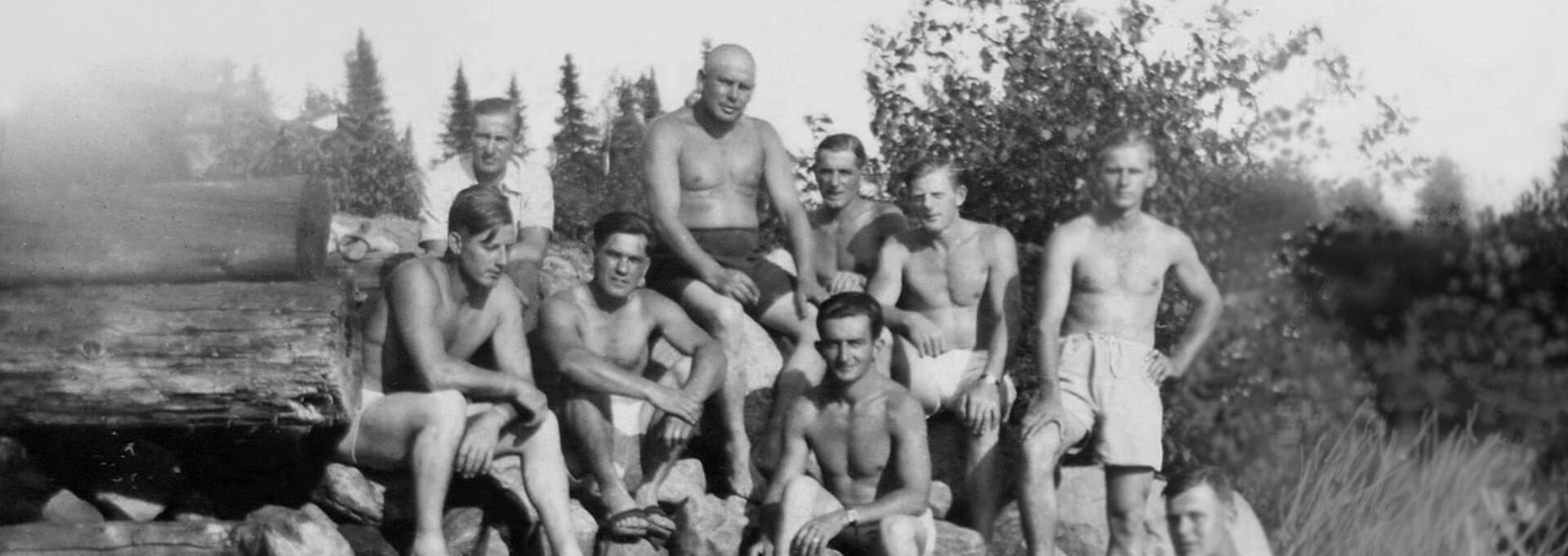By the 1940s The Standard Chemical Company (which you can read more about on our “Charcoal Town” interpretive panel located at Tom Thomson Park) had installed 25 miles of railway track from South River all the way into Algonquin Park.
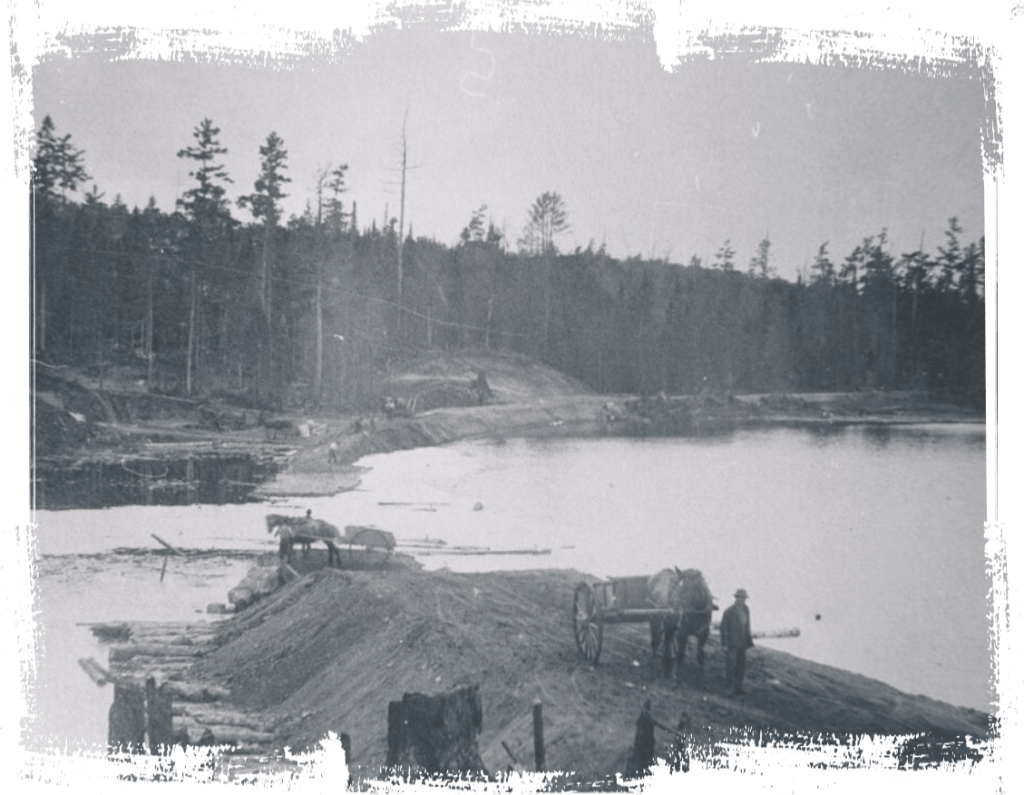
The track was dotted with no less than sixteen cutting camps. Along with local residents and others hired through government bureaus from places like Italy, Russia and Finland, German prisoners of war were brought in to work in the cutting camps due to a labour shortage in the later years of WW2.
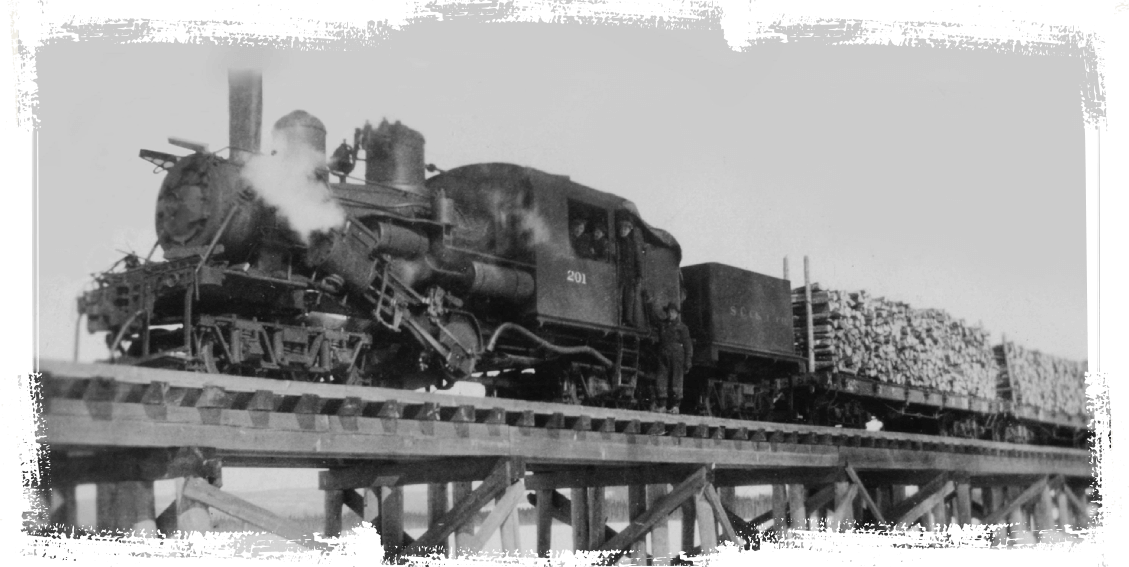
Prisoners of War:
Between 1940 and 1947, over 35,000 German Prisoners of War (POWs) – including civilian internees, enemy merchant seamen, and combatant prisoners – were interned in Canada.
The primary goal in South River was to boost the struggling lumber
industry but labour projects also offered the opportunity to instill Canadian mores and values in German POW through interactions with military guards, civilians, and the natural environment.
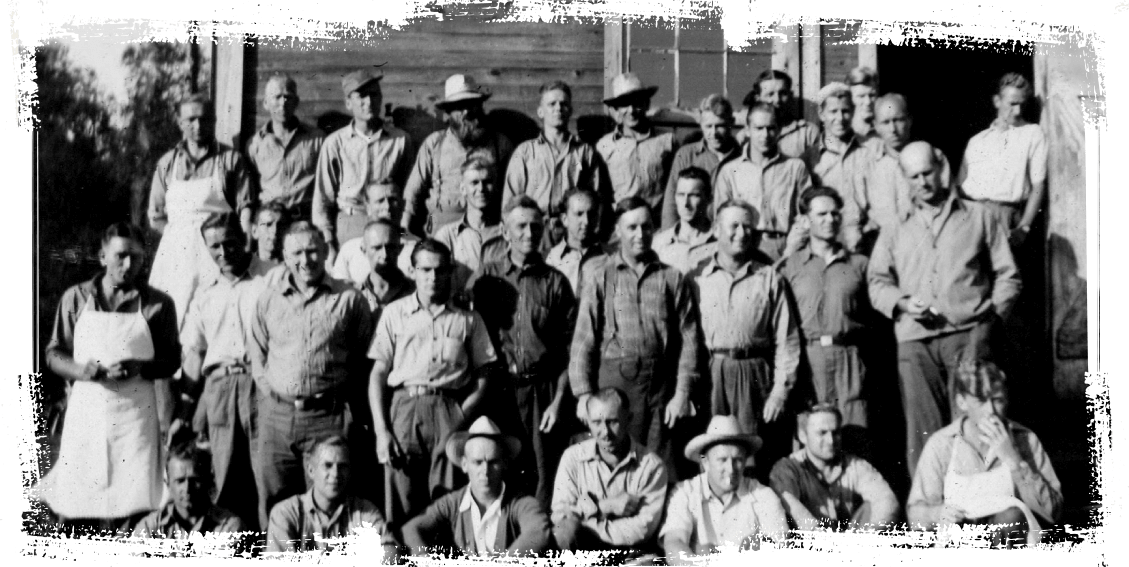
There were three classes of POW camps in Canada: black, grey & white – all based on the prisoners degree of Nazi indoctrination. Black being officers and full fledged Nazi’s, while white was reserved for the least threatening.
The South River Chemical Company allotment of prisoners were deemed to be ‘white’ or low security risk individuals. None of the S.C.Co. camps had even a wire fence. Prisoners had gardens, social events, recreation and enjoyed close association with non-prisoners.
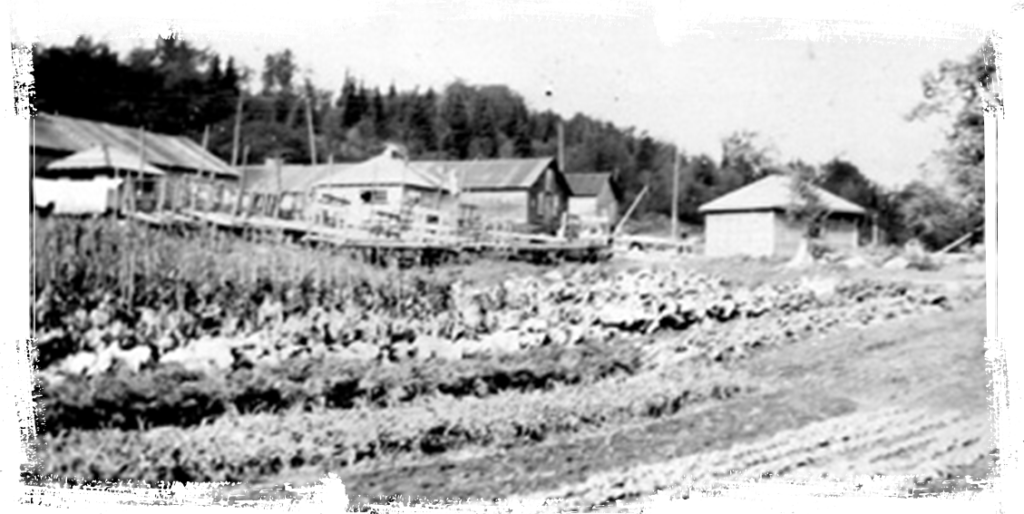
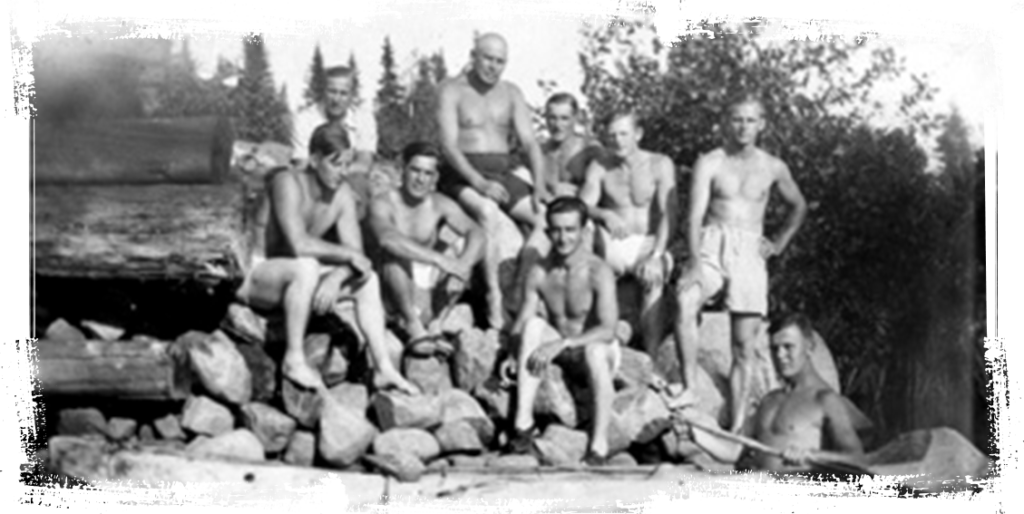
P.O.W.s occasionally were allowed to hop on the train and go to town to do some shopping. To identify themselves as prisoners, the men wore wool coats with a large red dot on the back. One of these coats is on display at the South River train station/heritage building.
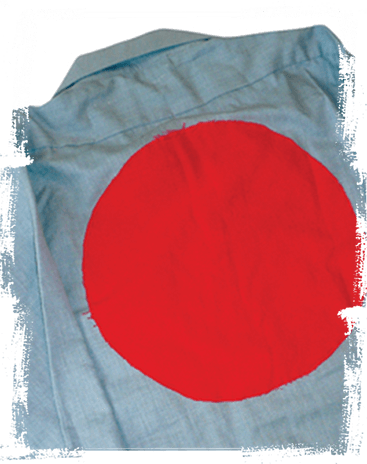
Most of the prisoners were eventually returned to Germany where many assisted in the Allied reconstruction following the war. About 20% of all POWs applied to remain in Canada after the war. Learn more about POWs in Canada.
From Railway Line to Roadway:
The track was eventually ripped up in 1946, the trestle was in-filled and the whole route was turned into what is now known as Chemical Road when trucks replaced the train as the most efficient way to transport wood.
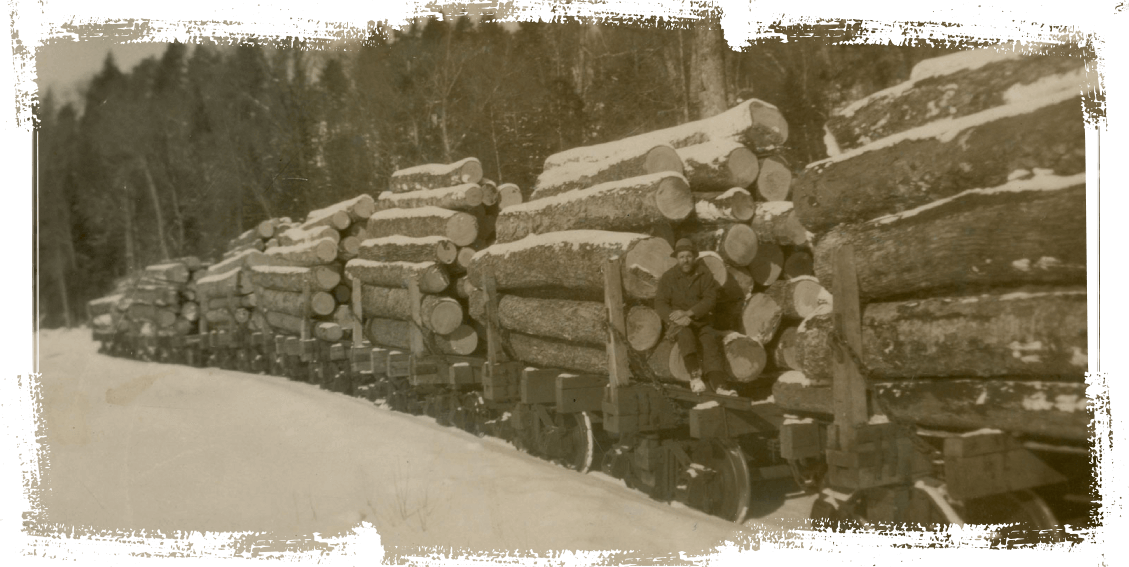
With the esteem the South River community holds for the Standard Chemical Co., having employed up to 500 people early in the 20th Century, it is unlikely the road towards Algonquin Park will ever shed it’s unseemly moniker – Chemical Road. But now you know the story behind the name. Learn more about Standard Chemical on Interpretive Story panels at Tom Thomson Park and along Chemical Road.
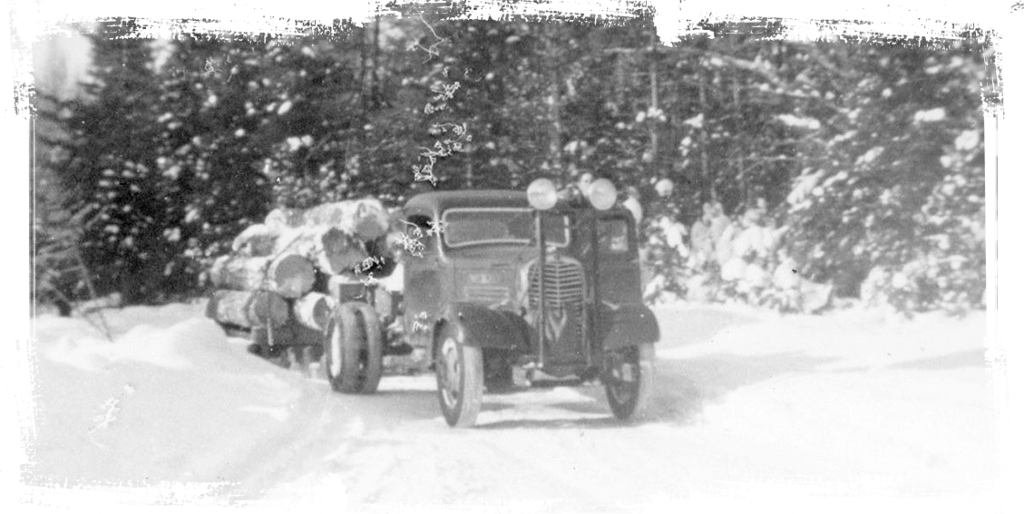
First trucks on Chemical Road after tracks were lifted in 1946
Chemical Road is a beautiful fall colours drive towards Algonquin Park Access #1 on Kawawaymog Lake. Wildlife is abundant in all seasons. The forests, wetlands and trails invite you to explore.
